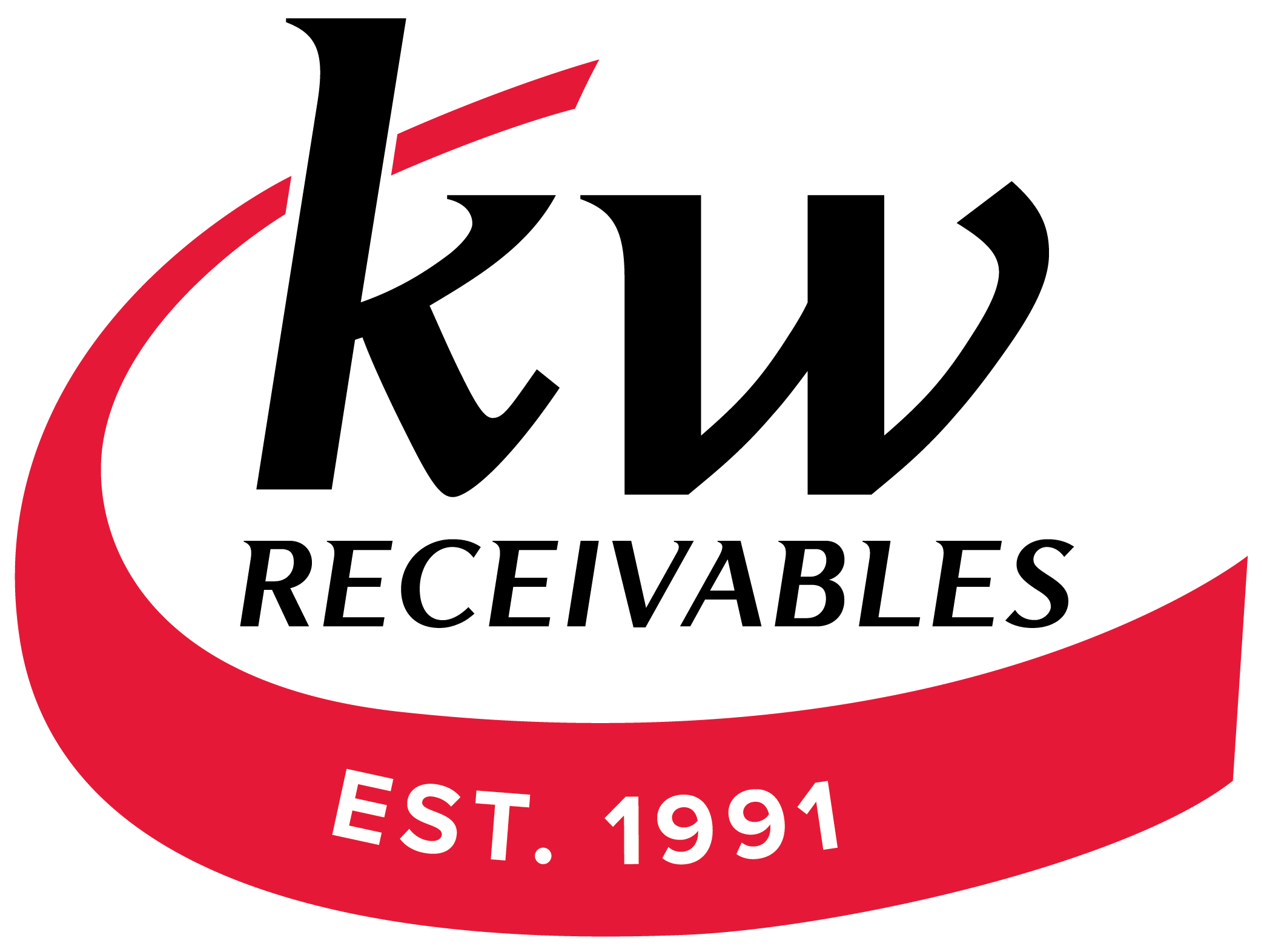In the intricate dance of financial management, two key elements play a pivotal role in shaping the destiny of businesses: cash flow and debt management. Understanding the delicate relationship between these two factors is crucial for maintaining the financial health and sustainability of any enterprise. In this blog post, we’ll explore the symbiotic connection between cash flow and debt management and how a harmonious balance can pave the way for long-term success.
The Foundation: Cash Flow
1. The Lifeblood of Business: Cash flow, often referred to as the lifeblood of business, is the net amount of cash and cash equivalents flowing in and out of a company. It encompasses the inflow and outflow of funds from various sources, including operational activities, investing, and financing. A positive cash flow is vital for meeting day-to-day expenses, investing in growth opportunities, and weathering unforeseen challenges.
2. Cash Flow Challenges: Businesses frequently encounter challenges related to cash flow, such as delayed payments, seasonal fluctuations, or rapid growth strains. These challenges can disrupt the smooth operation of a business, hinder strategic initiatives, and even lead to financial stress.
The Dynamic Partner: Debt Management
1. Leveraging Capital: Debt, when managed wisely, can be a powerful tool for businesses. It allows companies to leverage capital for expansion, investment in technology, or even navigating through challenging periods. However, excessive or mismanaged debt can lead to financial instability and hinder a company’s ability to thrive.
2. Debt Management Strategies: Effective debt management involves a strategic approach to borrowing and repayment. Businesses must carefully consider the terms of their loans, interest rates, and the impact on their cash flow. A well-thought-out debt management strategy aligns borrowing with the company’s financial goals and ensures that debt remains a supportive tool rather than a burden.
The Interplay: Achieving Harmony
1. Balancing Act: The relationship between cash flow and debt management is a delicate balancing act. Maintaining a positive cash flow is essential for servicing debt, while prudent debt management supports cash flow by providing necessary capital when needed. Striking the right balance ensures that a business can seize growth opportunities without compromising its financial stability.
2. Mitigating Risk: Effective debt management can act as a buffer during periods of low cash flow. By having access to capital through strategic borrowing, businesses can navigate through market downturns, invest in innovation, and remain resilient in the face of economic uncertainties.
A Symbiotic Partnership
In the dynamic landscape of business, the relationship between cash flow and debt management is symbiotic. A robust cash flow provides the foundation for effective debt management, while smart borrowing can enhance cash flow and fuel growth. Striking the right balance between these two elements is the key to building a financially resilient and successful enterprise. Businesses that understand and navigate this intricate relationship are better positioned to weather financial storms, seize opportunities, and thrive in the long run.


